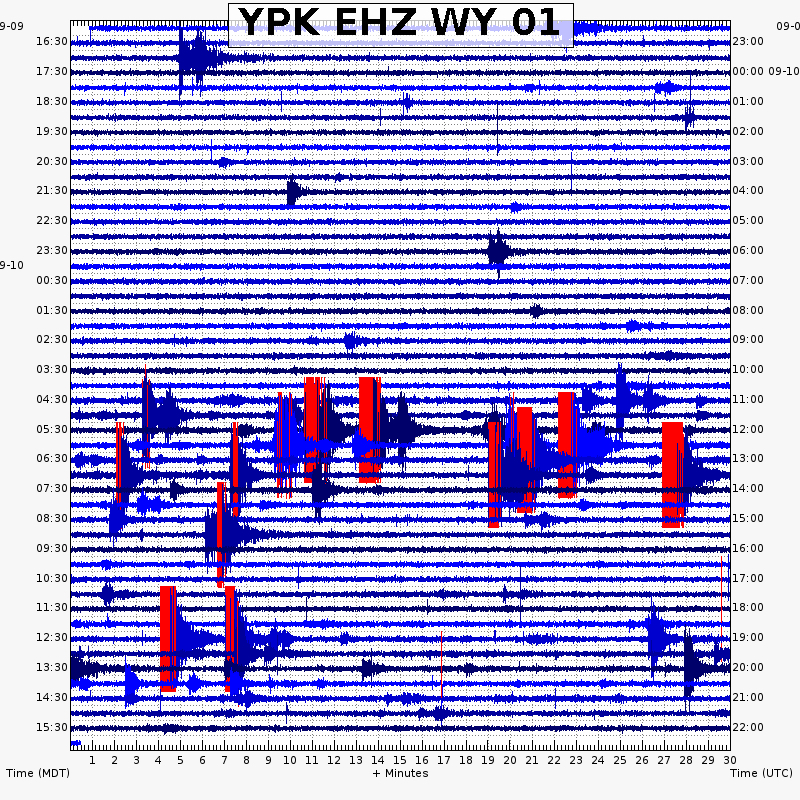AI Uncovers Tenfold Increase in Yellowstone Volcano Earthquakes

Recent advancements in machine learning have unveiled a staggering increase in the number of earthquakes recorded beneath Yellowstone National Park, with new data revealing an order of magnitude more seismic events than previously documented. According to a study published on July 20, 2025, this analysis spans 15 years of earthquake data from the Yellowstone caldera, suggesting that the historical earthquake catalog now includes 86,276 earthquakes occurring from 2008 to 2022. This significant enhancement in understanding volcanic and seismic systems owes much to improved data collection methods and systematic analyses.
The Yellowstone caldera, located beneath parts of Wyoming, Idaho, and Montana, is under constant surveillance due to its geological significance. Historical data collection methods relied heavily on manual inspection by trained experts, which proved to be inefficient and time-consuming. The introduction of machine learning techniques has allowed researchers to sift through vast archives of historical waveform data, fostering a more comprehensive understanding of seismic activities in volcanic regions worldwide.
Dr. Li Florez, a geophysicist at the University of California, Berkeley, and lead author of the study, highlighted that more than half of the earthquakes recorded were part of earthquake swarms, which differ from aftershocks. “Earthquake swarms are groups of small, interconnected earthquakes that occur in a localized area over a short period. These findings challenge traditional understandings of seismic activity, as swarms exhibit distinct characteristics compared to aftershock occurrences,” Dr. Florez stated in her report.
In tandem with this research, Professor Bing Li from the University of Western Ontario emphasized that the study's findings provide a more intricate catalog of seismic activity under the Yellowstone caldera. “We can apply statistical methods that help us quantify and identify new swarms that have previously gone unnoticed,” he remarked. This newfound capability can potentially lead to a deeper understanding of how one earthquake might trigger subsequent ones within a swarm, a phenomenon that has historically remained elusive.
The study employed fractal-based models to characterize the earthquake swarms, focusing on the roughness of fault structures rather than their regularity. Fractals, defined as geometric shapes that exhibit self-similarity at different scales, were utilized to analyze the patterns of seismic activity. The researchers discovered that earthquake swarms beneath Yellowstone primarily occurred along relatively immature fault structures, contrasting with mature fault structures typical of seismically active regions like Southern California.
The implications of this research extend beyond academic interest. With Yellowstone being a popular tourist destination, increased public awareness of the geological activities beneath the park may influence tourism and park management strategies. Furthermore, the findings could have broader ramifications for understanding volcanic activity and earthquake prediction globally. As researchers continue to refine their methodologies and explore the complex interactions within the caldera, the potential for new discoveries remains substantial.
In conclusion, the integration of advanced machine learning techniques into seismic research has not only illuminated the dynamic nature of the Yellowstone caldera but has also set a precedent for future studies on volcanic and seismic systems. As scientists delve deeper into the intricacies of earthquake swarms, the hope is to unveil further insights that could enhance prediction models and inform public safety measures in high-risk areas worldwide.
Advertisement
Tags
Advertisement





